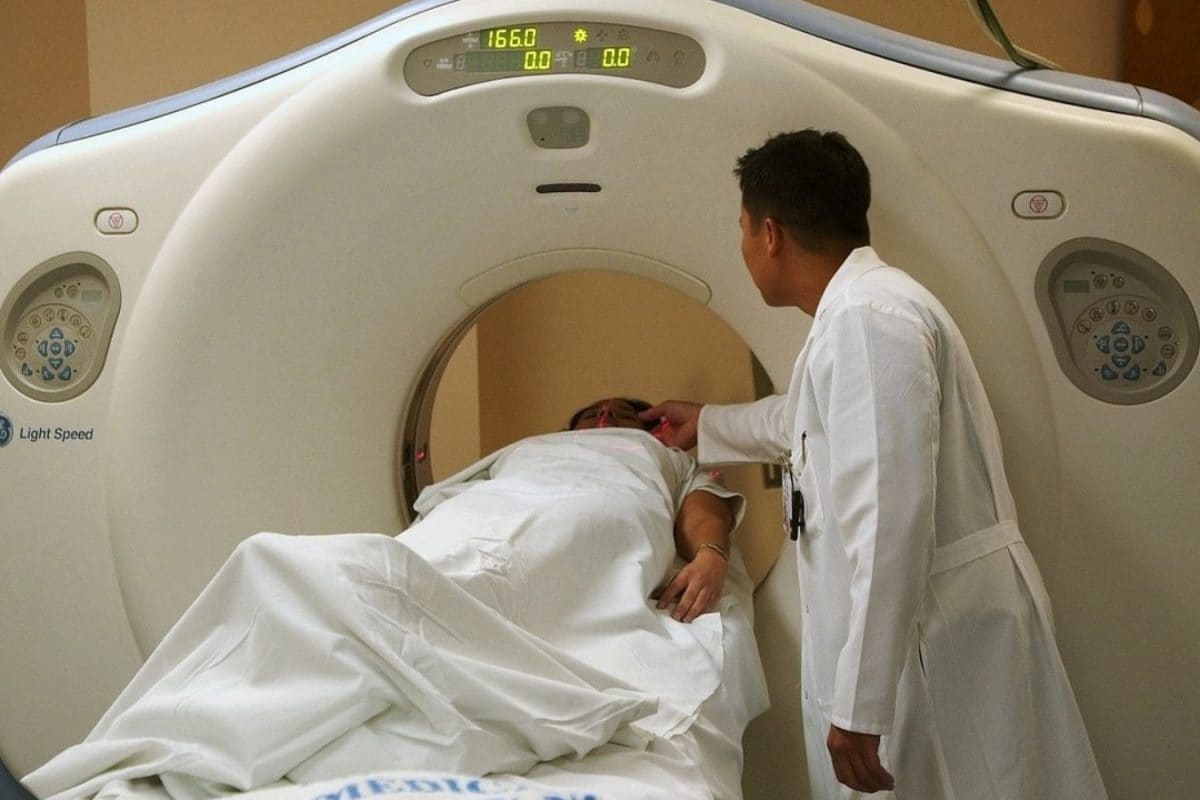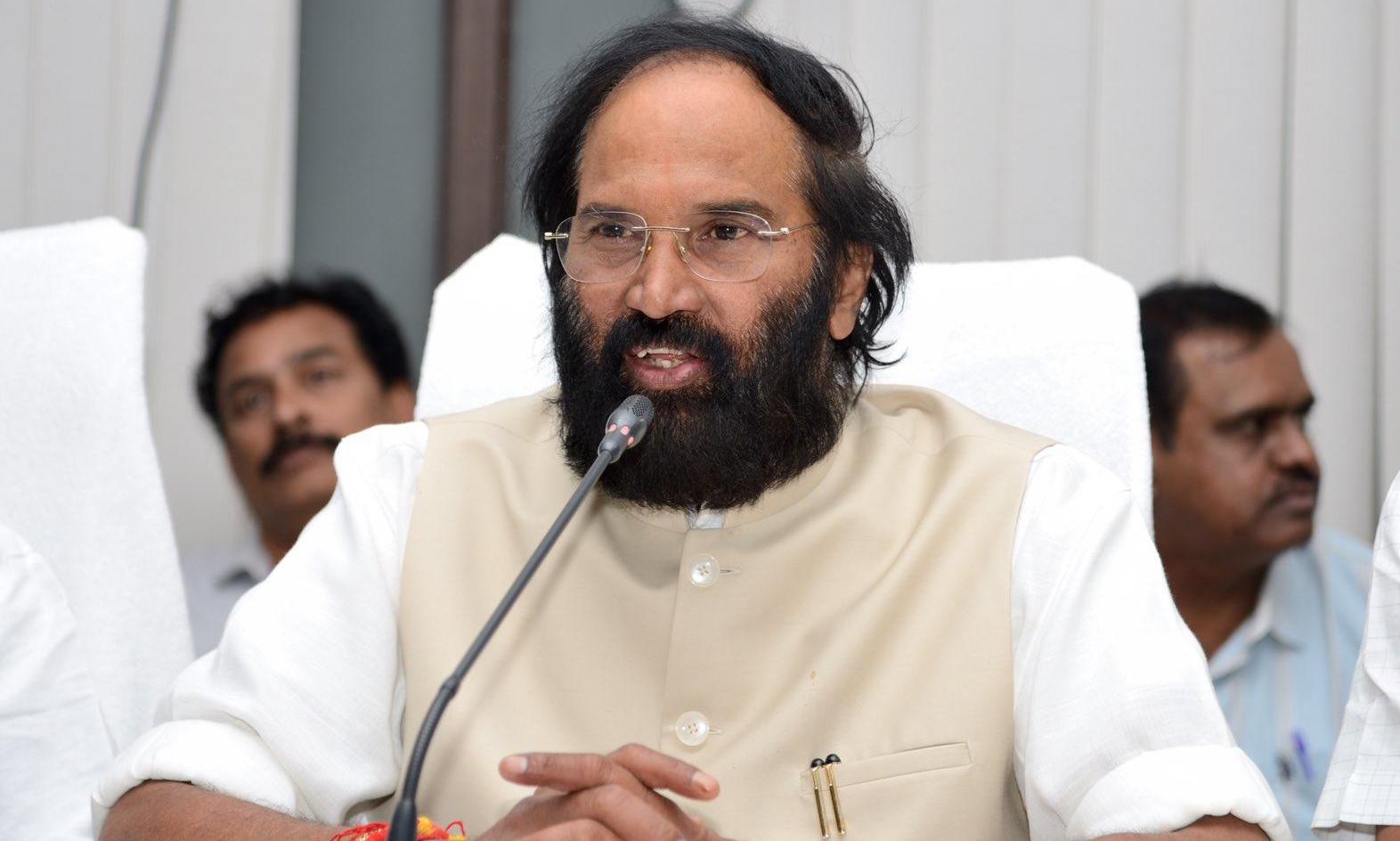
The Union government’s goal is to reduce treatment costs and decrease reliance on imported medical devices as 80-85 per cent of such machines are currently imported India has developed its first home-grown Magnetic Resonance Imaging (MRI) machine to reduce the cost of scans by more than 30 per cent. The project, which originated from an idea proposed in an internal meeting of the Ministry of Electronics and Information Technology (MeitY) eight years ago, is now set to come to fruition. While the machine is expected to be commercially available by June next year, in the next few weeks, human clinical trials are likely to begin.
MeitY is preparing for its deployment for feedback and fine-tuning at the All India Institute of Medical Sciences (AIIMS), New Delhi, by November this year. The Union government’s goal is to reduce treatment costs and decrease reliance on imported medical devices as 80-85 per cent of such machines are currently imported. This indigenous MRI machine will help enhance India’s self-reliance in medical technology.

These machines, once ready, will be deployed across government hospitals, R&D labs, primary healthcare centres (PHCs) and will be open for purchase by private laboratories and hospitals. How has the machine been designed? The Made-in-India MRI machine is a result of a collaboration between AIIMS, New Delhi, and the MeitY’s autonomous R&D institution, Society for Applied Microwave Electronics Engineering and Research (SAMEER). The project is funded by MeitY, and Sameer is responsible for design, development and integration.
MRI machines have a very complex system. While hardware, though complex, is still something we can grasp, understanding software is very complex. The project is jointly executed by SAMEER, the Centre for Development of Advanced Computing (C-DAC) and the Inter University Accelerator Centre (IUAC).
C-DAC is an R&D organisation under MeitY focused on developing and deploying IT products and solutions. “The health division threw an idea saying why don’t we attempt to make our own MRI machine and then we at SAMEER conducted several meetings with internal experts, medical experts, symposiums and workshops to understand how to begin," Dr P Hanumantha Rao, director general, SAMEER, said. “This journey has been very long as we started almost seven years ago.
" The turnaround time for creating one machine, currently, is around six to seven months. The government has created an entire ecosystem and is building different components from multiple industries. “While the design is ours, we are not manufacturing the machines.
We are handholding the industry and have taken on board seven to eight industries." Rao explained that the Radio Frequency (RF) system and all associated hardware, including spectroscopy, has been built by SAMEER, whereas software and image reconstruction and algorithms are developed by C-DAC. “The superconducting magnet – which is one of the major sub-systems for MRI machines – is developed at IUAC, an autonomous body of UGC.
" Move towards deployment “We are very cautious about the deployment of machines until we fulfil all the requirements," Rao said. However, he said SAMEER expects to make these machines commercially available by June 2026. “We are expecting to deploy the machines at AIIMS for rigorous analysis and fine-tuning by November 2025.
Meanwhile, we are waiting for approvals on human clinical trials of the machine from CDSCO. The approvals are likely to come anytime soon to kickstart human trials." Rao said the homegrown technology for 1.
5 Tesla MRI otherwise costs anywhere between Rs 6 to Rs 9 crore and the cost moves northwards as one increases the Tesla unit (which is the unit of measurement for the strength of the magnetic field used by the scanner). “We are expecting to reduce this cost by 30 per cent – which means Made-in-India machines will cost 30 per cent less than the imported versions. Overall, it will also reduce the cost of MRI scans for patients by more than 30 per cent.
" “Our idea is not to compete with GE, Siemens or Philips as the market is huge and there is a lot of scope for every player." He added that the government aims to deploy these machines at government hospitals, R&D centres, PHCs and everywhere they are required. “The machines will be available for private players and laboratories as well.
" AIIMS ready for deployment & testing Dr Rama Jayasundar, head of the department, nuclear magnetic resonance (NMR) and magnetic resonance imaging (MRI) at AIIMS New Delhi, told News18 that “currently, AIIMS is importing MRI machines from three major global manufacturers, namely GE, Siemens and Philips". She explained that MRI is a very important non-invasive medical imaging technique aiding in the diagnosis and monitoring of a range of clinical conditions". Recalling the development, she added that “the Make in India initiative for indigenous development of MRI machines started in 2014.
The heads of the department of NMR, AIIMS, New Delhi, have been part of the National Steering Committee for the indigenous development of MRI scanners since 2014". “MRI machines are technically very challenging with several complex subsystems to operate effectively and safely for patients and provide high-quality images. SAMEER has said that by the end of this year, AIIMS can expect the deployment of the indigenously developed MRI scanner for rigorous validation.
" AIIMS will test the machine and give feedback/inputs to the SAMEER team for further improvements and fine-tuning. “MRI is a very important diagnostic imaging technique, and our indigenous machines must meet global standards." Right now, the Department of NMR, AIIMS, has three MRI scanners for patients, one MR scanner for studying animals and one very high field NMR/MR system for study of biofluids such as urine, serum and plasma and plant samples.
.










